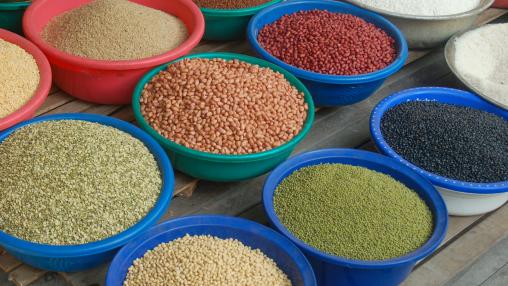
Latest GIEWS Country Briefs Track Food Security in Kenya, Senegal
FAO’s Global Information and Early Warning System (GIEWS) has released two updated country briefs for Africa south of the Sahara. The country brief series provides information regarding countries’ current agricultural season and harvest prospects for main staple food crops, as well as estimates and forecasts of cereal production, cereal imports, and food prices and policy developments. This latest round of updates includes new information for Kenya and Senegal .
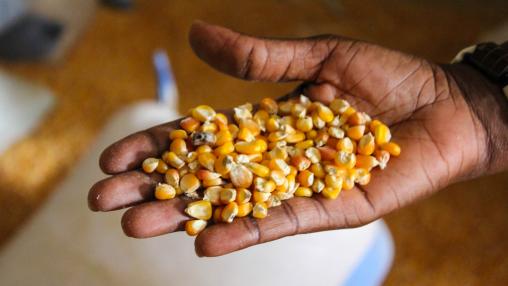
Africa Agriculture Status Report
The latest Africa Agriculture Status Report , launched last week by the Alliance for a Green Revolution Africa (AGRA) , reports significant progress in Africa’s agricultural sector following a decade of intensified attention from governments and the international community. Investment in agriculture by both governments and private sector actors has increased in many countries in the region, and there is evidence of increased agricultural productivity, enhanced nutrition, and increased off-farm job opportunities in the region’s expanding agri-food system.
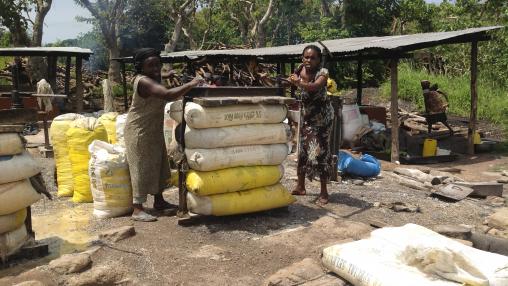
Impacts of CAADP on Africa’s Agriculture-led Development
In 2003, the member countries of the African Union launched a new initiative aimed at increasing food security and reducing poverty through the growth and development of the region’s agricultural sector. The Comprehensive Africa Agriculture Development Program , or CAADP, set a target of 6 percent annual average growth in the agricultural sector, as well as the allocation of 10 percent of total annual government expenditures to the sector.
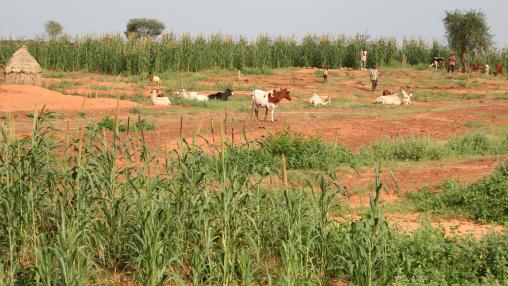
Latest GIEWS Country Briefs
Several new country briefs for Africa south of the Sahara have recently been released by FAO’s Global Information and Early Warning Systems (GIEWS). The GIEWS country brief series provides an overview of the food security situation in prioritized countries, focusing on the current agricultural season, harvest prospects for staple food crops and livestock, estimates and forecasts of cereal production, and food price and food policy trends.
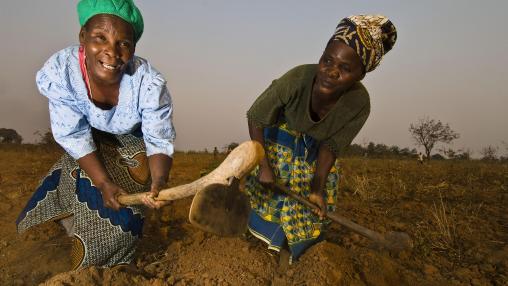
Driving Agricultural Adaptation
Agriculture in West Africa faces numerous challenges, including soil degradation, market instability, and significant threats from climate change. In response to these obstacles, many adaptation strategies, such as production of non-traditional crop varieties, have been encouraged. It remains less clear, however, what actually drives farmers’ decisions to adopt (or not adopt) these strategies. For example, a farmer may choose to plant a new crop variety in response to a short-term drought or as part of a longer term strategy to adapt to climate change.
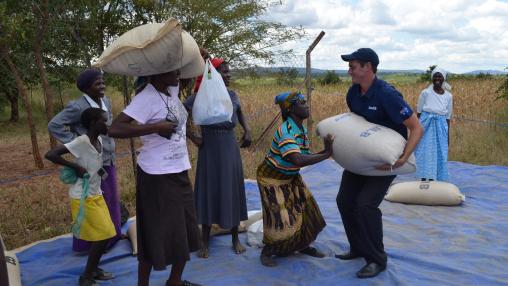
GIEWS Country Briefs See Mixed Crop Production, High Food Insecurity
FAO’s Global Information and Early Warning Systems (GIEWS) has released several new country briefs for Africa south of the Sahara. This series of briefs provides an overview of the food security situation in prioritized countries, focusing on the current agricultural season, harvest prospects for staple food crops and livestock, estimates and forecasts of cereal production, and food price and food policy trends.
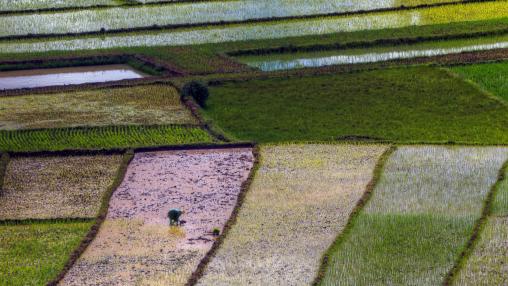
Way Ahead for Agricultural Productivity
Agricultural Productivity in Africa
As a growing population fuels increased demand for food, the pressure on Africa’s agricultural sector also grows. However, agricultural productivity in the region remains low. A new IFPRI book, Agricultural productivity in Africa: Trends, patterns, and determinants, provides an extensive study of the current condition of agricultural productivity in Africa, arguing that the region’s ongoing economic development gives hope for the sustainable expansion of the agricultural sector.

Ethiopia’s Farmers and Urban Growth
Urbanization rates have exploded across Africa over the past 20 years. According to the African Development Bank, between 1982 and 2012, African cities grew at a rate of 3.5 percent per year, and experts only forecast this trend to continue. The World Bank expects the share of Africans living in urban areas to reach 50 percent by 2030.
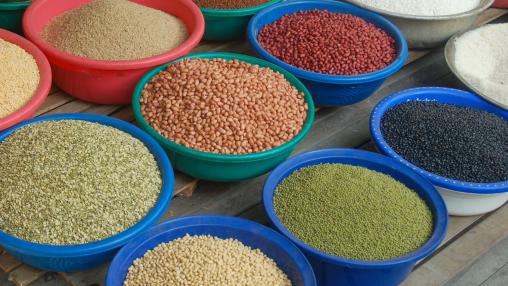
Cautious Optimism for African Agriculture
Cautiously Optimistic Outlook for African Agriculture
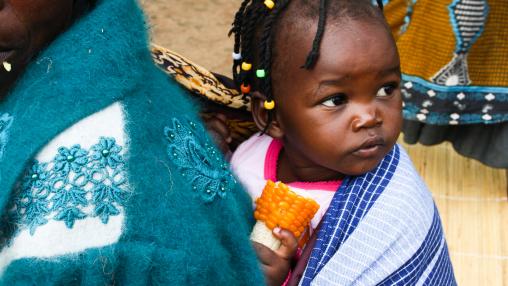
Reducing Child Stunting in Zambia
Stunting, or low height-for-age, remains a significant development challenge throughout much of Africa south of the Sahara. According to the World Health Organization (WHO) , childhood stunting can have significant long-term effects, including decreased cognitive and physical development, increased vulnerability to disease, and reduced productive capacity into adulthood.